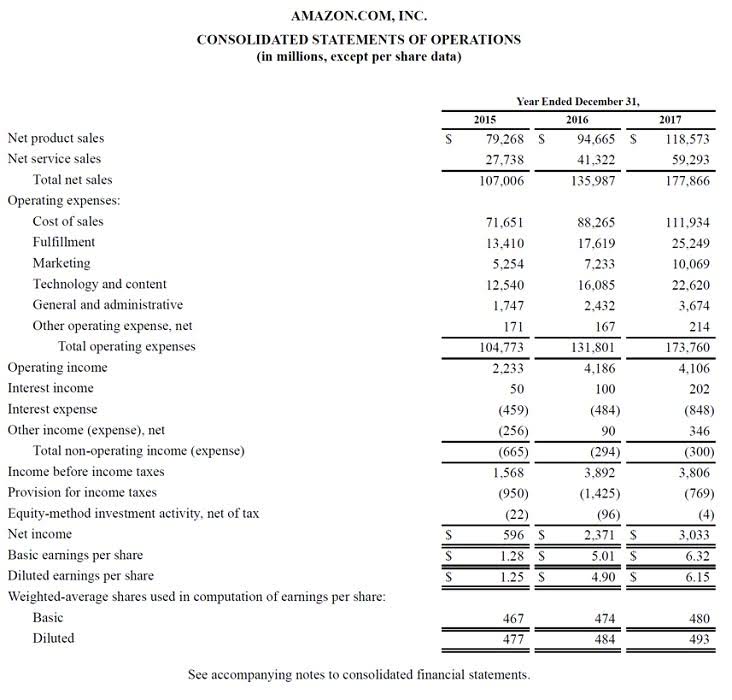What Is Net Revenue?- Formula & Calculation

Accounting approaches that incorporate the takeaways net realizable value offer yield a conservative yet proactive stance in asset and inventory management. Net Realizable Value, or NRV, is a measure used to estimate the value of an asset after deducting any costs related to its sale or use. It is commonly applied to inventory valuation and accounts receivable to ensure that assets are not overvalued in financial statements. Net realizable value is a critical concept in accounting, used to ensure that the value of assets on financial statements is not overstated. Here, we explore the application of NRV in different accounting contexts, including inventory valuation, accounts receivable, and cost accounting.
What is fair market value?
The conservatism approach directs accountants to use valuation methods that generate a smaller profit and do not overstate the value of the assets in situations when professional judgment is required for the evaluation of the transactions. The net realizable value is an essential measure in inventory accounting under the Generally Accepted Accounting Principles (GAAP) and the International Financing Reporting Standards (IFRS). The calculation of NRV is critical because it prevents the overstatement of the assets’ valuation. Net revenue appears on the income statement and helps determine profitability. They are reported on the income statement, not the balance sheet where assets are listed. Profit is better than revenue when evaluating business success, as Insurance Accounting it reflects the actual financial gain after expenses.
Current Economic Impacts on NRV Calculations
- The conservative principles involved in the calculation prevent the overstatement of assets.
- It represents the estimated selling price of an asset, minus the costs needed to sell, use, or complete it.
- This loss is recorded in the income statement, impacting net income and providing a more accurate picture of a company’s financial performance.
- The very essence of cost accounting is to determine the actual costs of products in order to arrive at its sales price.
- Understanding how to calculate net revenue is crucial for assessing profitability, financial health, and business performance.
- To calculate the NRV of receivables, subtract the estimated allowance for doubtful accounts from the gross accounts receivable.
There is an ongoing need to examine the value of inventory to see if its recorded cost should be reduced, due to the negative impacts of such factors as damage, spoilage, obsolescence, and reduced demand from customers. Further, writing down inventory prevents a business from carrying forward any losses for recognition in a future period. Thus, the use of net realizable value is a way to enforce the conservative recordation of inventory asset values. Net realizable value of accounts receivable minus the credit balance give you the NRV, which can also be expressed as a debit balance in the asset account. Net Realizable Value of an asset is at which it can be sold after deducting the cost of selling or disposing of the asset. Since in NRV, a firm also considers the cost, hence it is known as a conservative approach to the transaction.
Detailed Analysis of Net Realizable Value (NRV) with Formula and Examples

The relative price sale of many finished products reduces separable costs and production costs. It just helps businesses to understand the production of which products are making more profits than others. Net realizable value (NRV) directly impacts the cost of goods net realizable value sold (COGS) when there’s a need to write down inventory to its NRV.


While they seem similar, there are nuanced differences between the two methods, especially post the FASB update in 2015 replacing the LCM with LCNRV in the GAAP framework. As an accounting principle, Accounting Conservatism simply states that an accountant of a company should always choose the less favorable outcome. While products may be joined at some point in production, they will have to be priced individually later on. The market price shall be the replacement cost of the inventory and it shall not be less than the NRV. Thus, the Generally Accepted Accounting Principle (GAAP) states that the business must record the inventory using the Lower of Cost or Mark (LCM) method of valuation. In accounting for Accounts Receivable, accountants always make an estimate for any allowances that would make some outstanding invoices to be uncollectible called the Allowance for Bad Debts.
- High prices and unemployment also reduce product sales, affecting the company.
- NRV is important to companies because it provides a true valuation of assets.
- It’s essential to be thorough in this accounting, considering every expense that relates directly to the completion and selling of the asset, including the respective closing costs that reflect the concluding stages of the sale transaction.
- As a result, companies have shifted to the LCNRV method, leveraging insights like recognizing the split-off point in production, to improve the consistency and comparability of financial statements.
- Based on this figure obtained, the firms determine the value of their asset.
- With inflation and changes in market conditions, customers might lose interest due to high prices.
- The process of impairment testing involves comparing the asset’s carrying amount to its recoverable amount, determined by the higher of its NRV or value in use.
Adding to this, costs for advertising and handling the sale amount to $30,000. When recording these costs, meticulous documentation is key for accuracy and for satisfying any audit inquiries. Remember, any oversight or error in calculating these costs can skew the NRV and lead to significant implications for financial reporting and decision-making. Furthermore, including anticipated costs like an allowance for doubtful accounts can adjust the invoice amount to reflect a more accurate value on the financial statements. Sometimes, external valuation services or appraisals might be required, especially when dealing with specialized or infrequently traded assets. Gathering as much information as possible about what similar assets are selling for will be crucial to forming a reliable basis for the expected selling price.
NRV is generally used on financial statements for assets that will be sold in the foreseeable future, not the ones expected to go up for liquidation. For creators, knowing the net realizable value helps in assessing the value of their assets, such as artwork, recordings, or even unpaid invoices. It provides a clearer picture of how much money can realistically be expected from the sale of these items, guiding financial adjusting entries decisions. Understanding NRV is especially important in the creative industry, where market fluctuations can significantly impact the potential selling prices of various works. By calculating NRV, creators can avoid overvaluing their assets and make more informed choices about investments, production, and pricing.
Step three: Calculate the Net Realizable Value NRV.

That’s why they prioritize customers with higher credit strength, as they have higher NRV. Net realizable value of accounts receivable usually deals with customer liquidity problems. Businesses must reduce the carrying value of AR to show their NRV to avoid bankruptcies and poor economic conditions. With changes in market conditions and profit achieved with previous sales, sometimes target goals must be attainable. In inventory, the NRV is used to allocate for the joint costs of the products prior to the split off in order to come up with the sales price of the individual products. Explore how Net Realizable Value influences financial reporting, asset valuation, and decision-making in accounting practices.
This prevents the value of the item(s) from being overstated on financial statements. The terms “net realizable value” and “current assets” are frequently used concerning inventory and accounts receivable. For instance, if the debit balances in the account receivables are $10,000 and have a credit balance of $800, then $9,200 is the resulting value of accounts receivables in the net realizable value method. Revenue is the total income generated from sales, while net income is the profit left after deducting all expenses, including operating costs, taxes, and interest.







